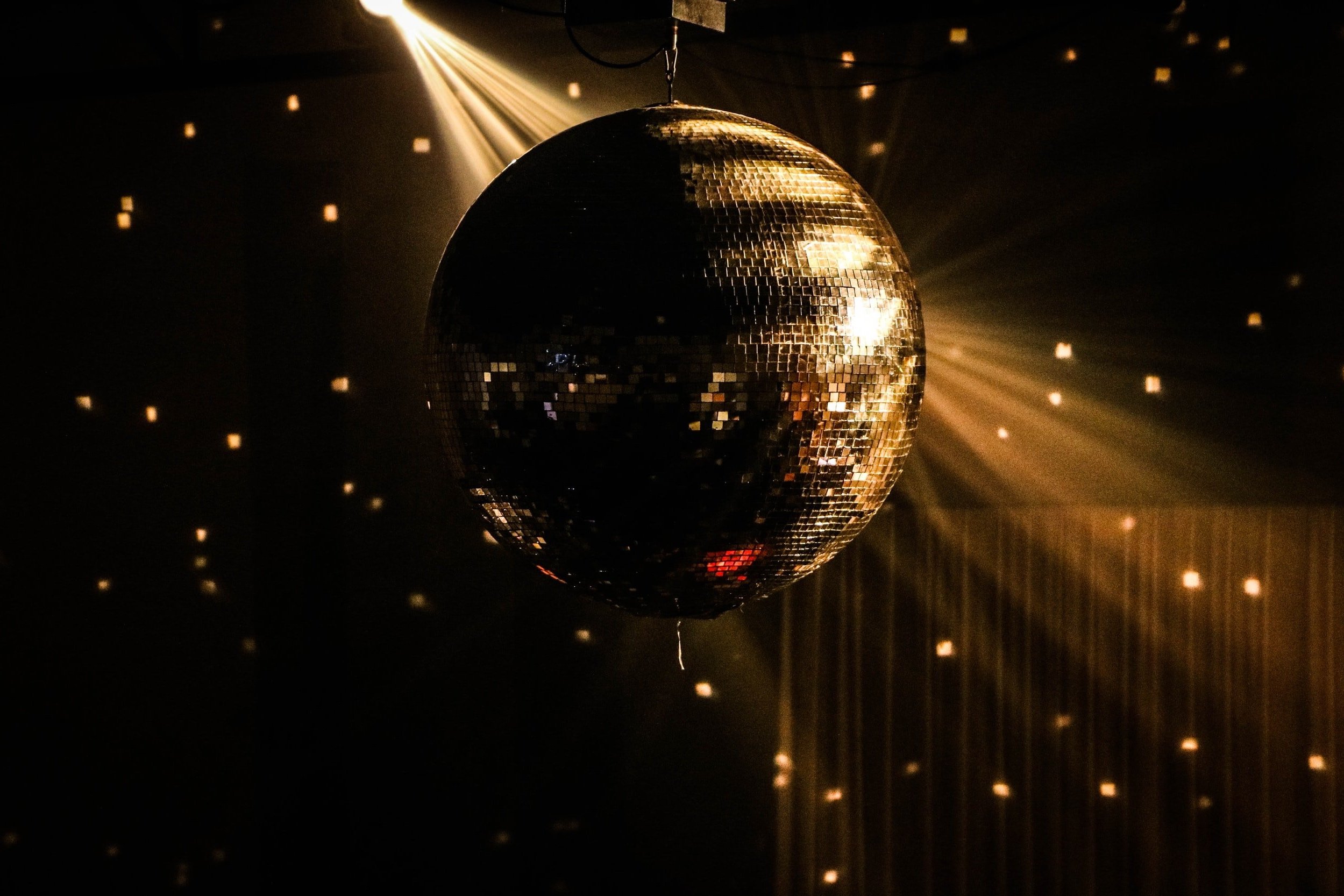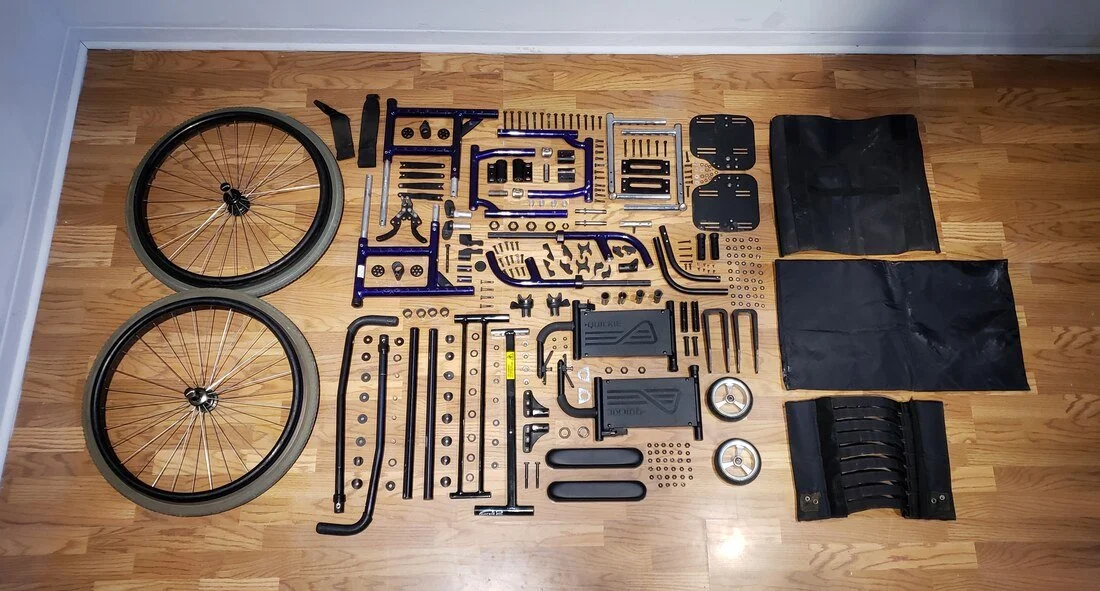
Accessing Disability Culture
Accessing Disability Culture is a reflection of experience, resistance to ableism, and documentation of disabled/neurodivergent/chronically ill/Deaf students at the University of Michigan. The idea for the project evolved over several years, but first sprouted during the Summer of 2022, when I was being mentored by Dr. Remi Yergeau through the Women and Gender Summer Fellowship Program. As a part of my project, I read Loud Hands: Autistic People Speaking, and was enamored as a young neurodivergent student, to see how artfully the “voice” of autistic identity was reclaimed and wielded by the authors of this work. Who better to tell our stories than ourselves? Just before this book, I had read Asperger’s Children, and continued diving into autistic history, consequently mourning the generations of medical abuse, social death, and erasure of autistic and other disabled kin ancestors. How, I began to wonder, are ableist structures within academic institutions, or any other institution, to change, when dominant narratives on disability are not dictated by the people they affect the most? My hope is that Accessing Disability Culture is a way of translating our realities as disabled students into the understanding of not only allies looking to contribute to the advancement of disability equity, but also to other disabled students searching for a disability cultural anchor at University of Michigan.
You will notice an array of positionalities, identities, and opinions in this anthology, which reflects the diverse nature of the disability community. Additionally, you will distinguish the variety of mediums - photography, installation, essay, poetry, digital design, and more. A prerequisite to inclusion in this collection was accessibility and freedom of diverse expression in the submission. Throughout each step of the process, accessibility experts in the Digital Accessible Futures lab worked alongside contributors to make pieces accessible. Additionally, in our call for submissions, we specifically focused on keeping prompts relatively open, noting our values for intersectional experiences and accessibility, but trusting in the direction of individual creators. As a result, the themes are nuanced and intertwined, depicting disabled embodiment and life, grappling with inaccessibility of the University as disabled students subjected to academic ableism, and asserting crip wisdom, joy, interdependency, and overall - disability culture. In Accessing Disability Culture, we control our own narratives. Disabled students of the University of Michigan celebrate community, acknowledge the distance between our current experiences and disability justice, and dream of an accessible future.
Sincerely,
Tess Carichner, lead editor of Accessing Disability Culture
Do we have food at home?
I’m positive I told you the other day
Or the one after, or before,
Or maybe it was to someone else
Was I doing something? I was--
I was saying something!
Something about a cat? Or my homework
Do I have homework? I always have homework
I should do that, or maybe throw out that salmon
I threw out the salmon? How long has that been there?
A week? What did I even do last week?
Not what I was supposed to.
I’m behind on everything. Would be great if I could keep track of what.
Would someone care to remind me what I have to do before the panic hits?
Would be great, you know
If I could just
Start a project before the deadline
Or at least remember to feed myself.
You know when I lived alone this past summer
I kept forgetting to make tuna salad
And then I made it, but I didn’t finish it
I left half an onion in the fridge and then it got moldy
I meant to make something with it, I did
I just forgot it was there?
Have I told you this before? No, maybe it was someone else
I wish I was someone else
Someone with the capacity for task management
And maybe some fucking object permanence
How did we get here again?
Right, I came down for something
Something,
Something I told you the other day...
Oh! I was going to ask if you wanted to order food with me.
About the Author
Eugenia Shapiro (she/they) is the pen name of a certain Ukrainian Jewish masters student at the University of Michigan. Shapiro is an autistic writer and literary scholar with an interest in speculative fiction and Jewish inspired fantasy on both a personal and academic level. One can find her reading, drinking far too much coffee, and studying languages around central campus. She's delighted to share her disability related work in this anthology!
Contemplating Movement (2021)
Image Description: On the floor, a wheelchair is laid out disassembled with all its parts laid out in an organized grid.
326 individual parts, laid out for inspection and contemplation. For nearly five years, this device was methodically folded and unfolded, for the sake of my autonomy. The dependence I had on this machine became spiritual. To take it apart was like doing an autopsy on an old friend. By taking it apart, I sought to both lay the object to rest and understand something more about it. The logistics and complexity of the object, laid out for view with the tinge of sadness reserved for a first love.
About the Creator
Charlie Reynolds (he/him) is a conceptual artist who explores themes of war, gender, and disability using fibers, installations, and sculpture. During his time at the University of Michigan, Charlie hopes to expand his practice with a specific interest in weaving, hand dyeing, and quilting.
Image description: Charlie is a young white man with short brown hair. He is wearing glasses and white shirt with colorful stripes. He is looking at the camera with trees in the background.
Initiation
This poem is about my experience as a deaf Black boy, receiving hearing aids, and adjusting to the ways I had to exist within a white supremacist and hearing world.
II.
Some weeks or months later
I was sitting in a plastic chair
and told to be still while
the specialist inserted my first
pair of hearing aids. I wanted
them out but was told I needed
to wear them. I had to let it happen.
I.
I remember the squishiness
the mold gun injected
into my ears. Just 3 years old, not knowing
what was happening. Only the cold
bubblegum pink resin filling
my ear canal. I felt like
I was being buried alive.
IV.
like Simba
to the hyenas at
the Elephant Graveyard
I distract them.
But I know I stand
out. I imagine
my superhero and what could be
III.
I’m in Headstart. Waiting
in the line at a drinking fountain.
The other kids gawk
at my aids. I’m unsettled.
But I was wearing a hoodie
so I pulled it over my ears.
“I’m a lion!” And I roar
VI.
Mom said respectable Black
boys and men keep
their shoes clean,
their clothes ironed,
say, “ma’am” and “sir”
and, most importantly,
keep their hair short.
V.
Batman, Spider-Man,
The Power Rangers:
they all wear
masks to protect
themselves. Even
Samson had long hair
that covered his ears.
VII.
Now a grown man,
my respectable
hair reaches
past my shoulders.
Sometimes the tips
of my aids are caught
in my dreads.
About the Author
Marquise is a doctoral student in the Joint English and Education program. He wears hearing aids as a result of severe hearing loss. Being a Deaf Black man informs his research into how intersectional trauma and healing happens both within the body and community.
Image description: Marquise (he/him) is a young Black man with long shoulder length locs tied back. He is wearing glasses, a black shirt with an owl print and tan sweatpants. He is smiling at the camera.


